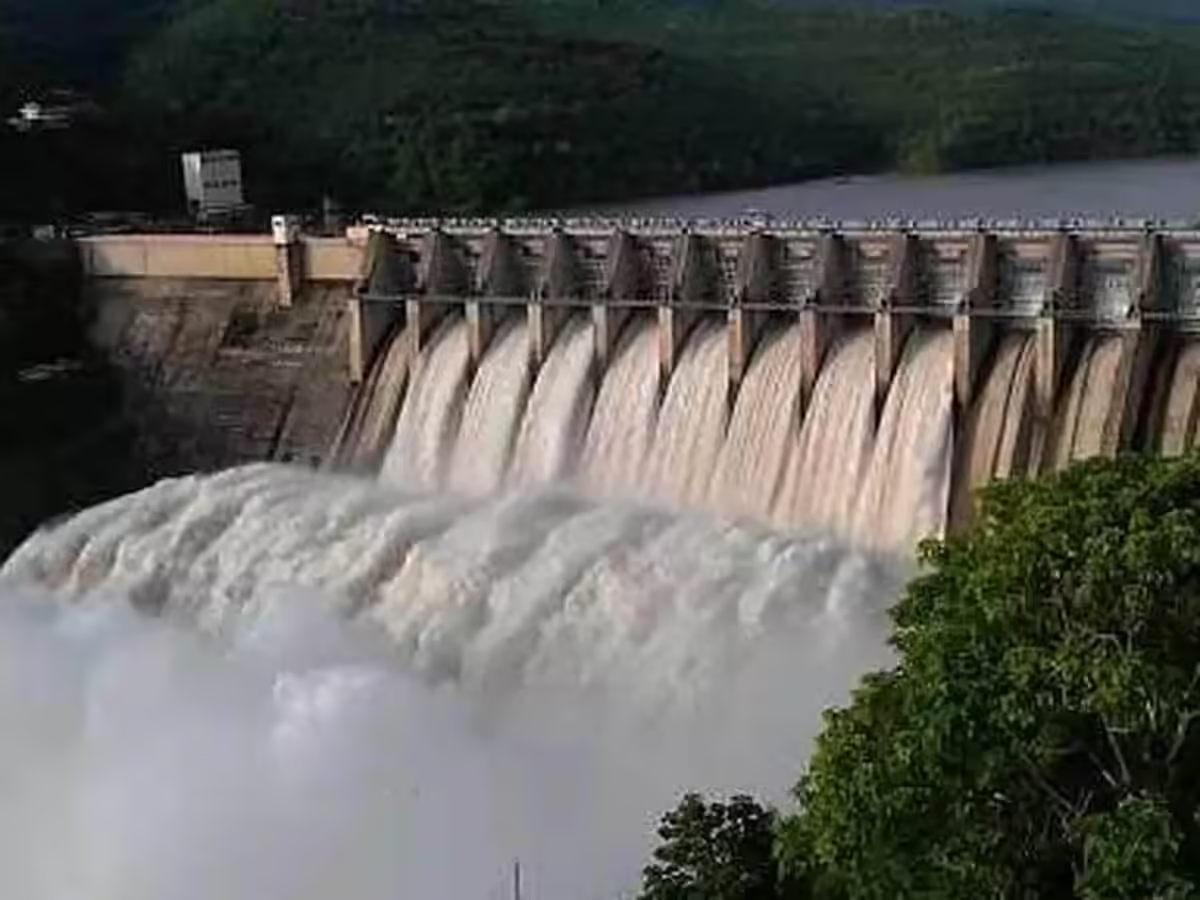
14-Jun-2025 02:00 PM
Arun-III Hydro Power Project: Strengthening India-Nepal Energy Ties
Category: Prelims – Current Affairs & Events
Overview of the Arun-III Project
The Arun-III Hydro Power Project is one of the most significant collaborative ventures between India and Nepal in the energy sector. Located in the Sankhuwasabha District in Eastern Nepal, this run-of-the-river project is being developed with Indian support. It is a landmark initiative that represents both infrastructural growth and regional cooperation.
Project Specifications and Capacity
The Arun-III project is designed to generate a total of 900 megawatts (MW) of electricity. It features:
A 70-meter high concrete gravity dam
An 11.74 km long Head Race Tunnel (HRT)
An underground powerhouse with four units of 225 MW each, positioned on the left bank of the Arun River
Once completed, it will become Nepal’s largest hydropower plant and will play a crucial role in meeting the energy demands of both Nepal and India.
India's Role in Development
The project is being developed by SJVN Arun-III Power Development Company (SAPDC), a wholly owned subsidiary of India’s Satluj Jal Vidyut Nigam (SJVN). SJVN is a joint venture between the Government of India and the Government of Himachal Pradesh.
The total estimated cost of the project is Rs. 144 billion, and it follows a Build-Own-Operate-Transfer (BOOT) model. Under this model, SAPDC will operate the plant for 25 years (excluding the 5-year construction phase) before handing it over to the Government of Nepal.
Power Sharing and Benefits
During the 25-year operational period, Nepal will receive 21.9% of the electricity produced free of cost. The rest of the power will primarily be exported to India, helping meet growing demand and boosting cross-border electricity trade. The energy will be transmitted from Dhalkebar (Nepal) to Muzaffarpur (India) via a dedicated transmission link.
Strategic and Economic Significance
This project not only strengthens energy security for both nations but also solidifies their economic and strategic relations. By sharing surplus electricity and jointly operating such infrastructure, India and Nepal are building long-term cooperation in sustainable development and clean energy.
FAQs: Quick Reference
Q1. Where is the Arun-III project located?
👉 Sankhuwasabha District, Eastern Nepal
Q2. What is the total installed capacity?
👉 900 MW
Q3. Who is developing the project?
👉 Satluj Jal Vidyut Nigam (SJVN) through its subsidiary SAPDC
Q4. How long will SAPDC operate the plant?
👉 25 years (excluding construction)
Q5. How much electricity will Nepal receive for free?
👉 21.9% of the total power generated
MCQs for Quick Revision
1. What is the total power capacity of the Arun-III Hydro Power Project?
A. 600 MW
B. 750 MW
C. 900 MW
D. 1000 MW
✔️ Answer: C. 900 MW
2. Which river hosts the Arun-III Hydro Power Project?
A. Bagmati
B. Koshi
C. Gandaki
D. Arun
✔️ Answer: D. Arun
3. The Arun-III Project is being implemented by which Indian company?
A. NTPC
B. NHPC
C. SJVN
D. PGCIL
✔️ Answer: C. SJVN
4. How much free power will Nepal receive during the operational period?
A. 10%
B. 15.5%
C. 21.9%
D. 25%
✔️ Answer: C. 21.9%
5. What is the model of project execution for Arun-III?
A. PPP
B. BOOT
C. EPC
D. FDI
✔️ Answer: B. BOOT